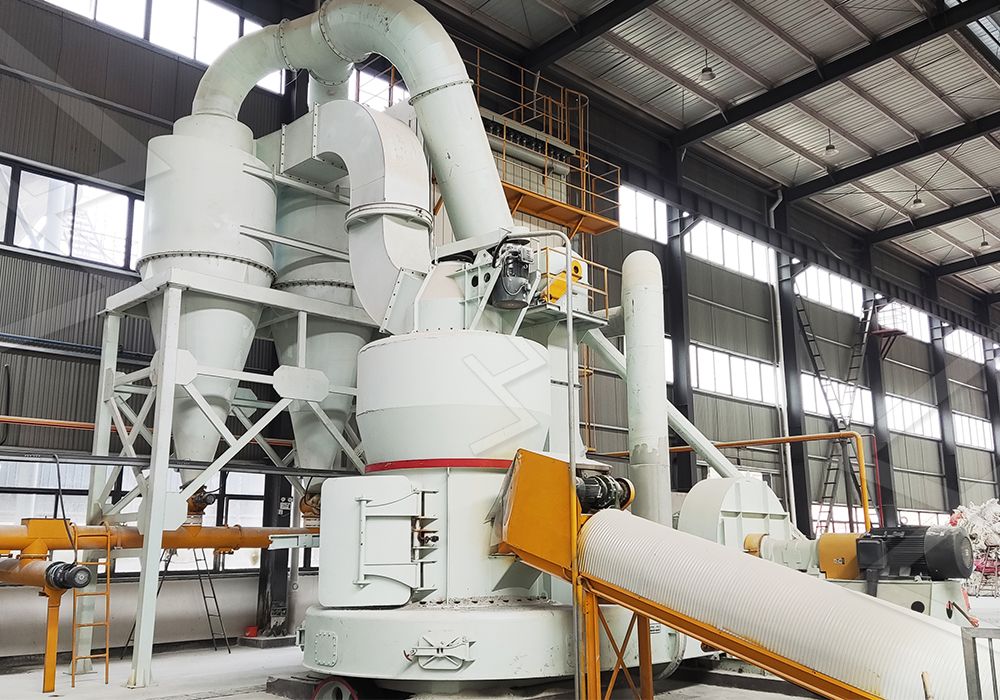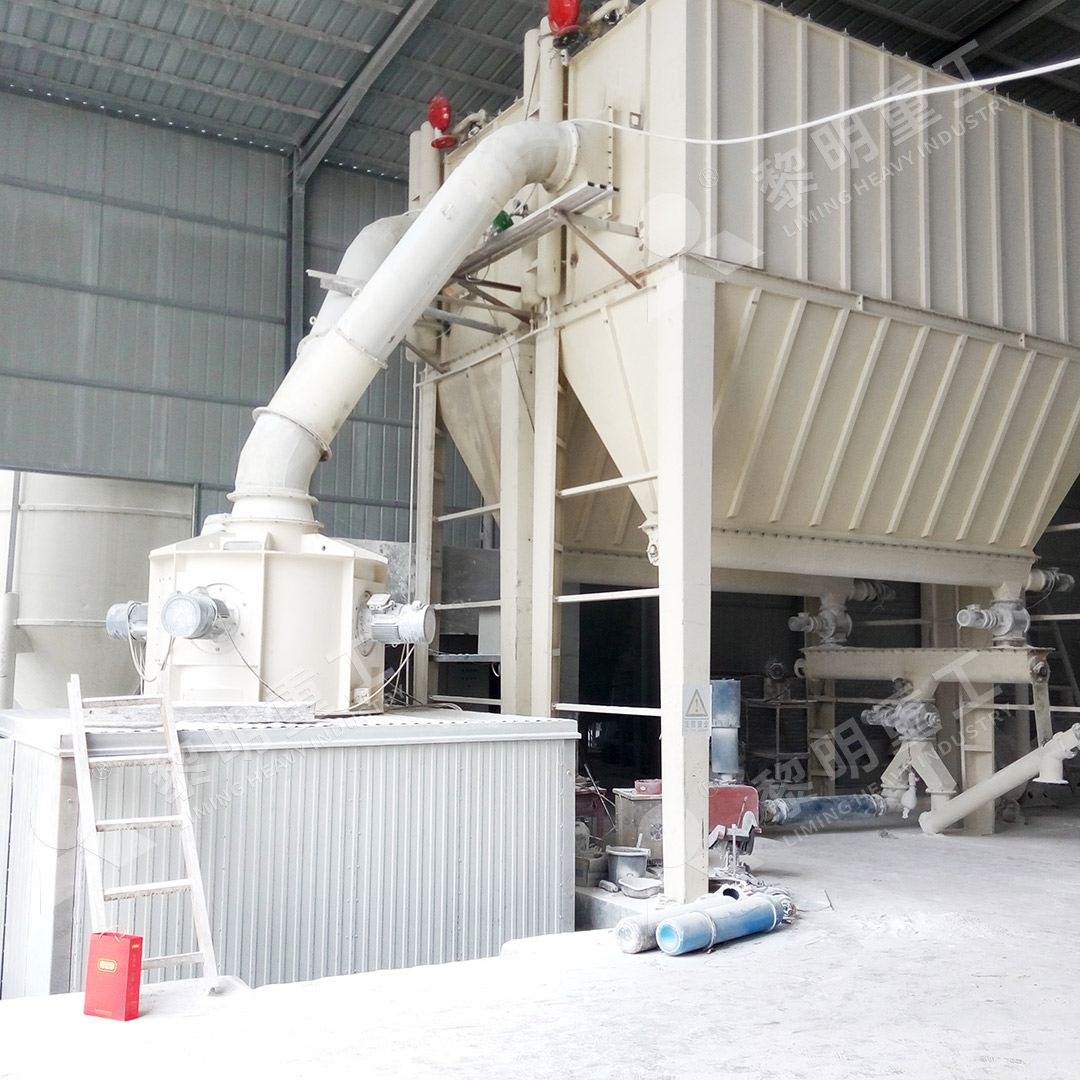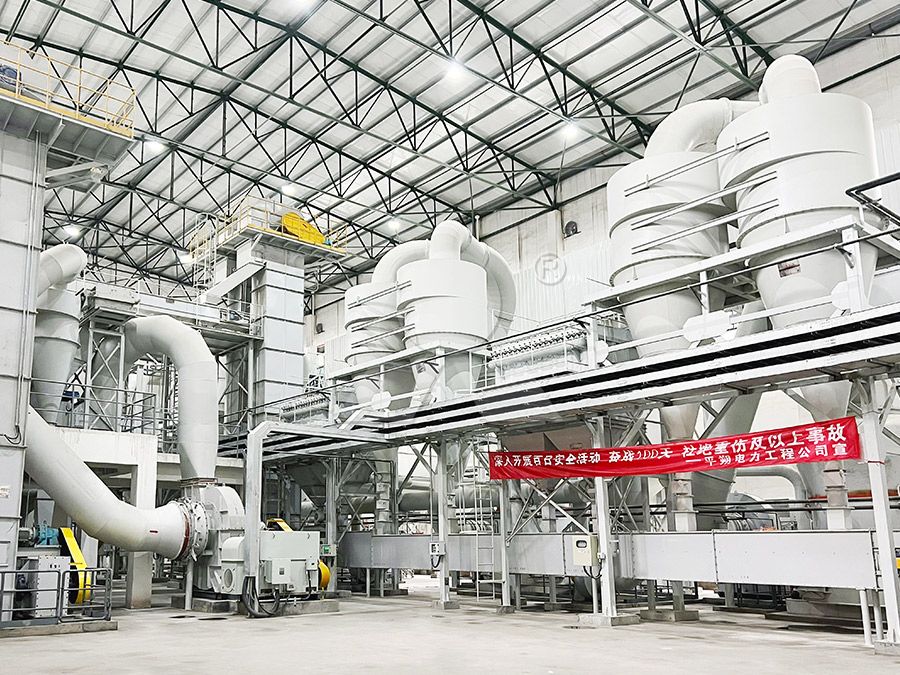Raymond Mill Operation and Maintenance Guide
Raymond Mill Operation and Maintenance Guide
As an industry veteran with over two decades of experience in mineral processing operations, I’ve witnessed firsthand how proper operation and maintenance practices can dramatically extend equipment lifespan while maximizing productivity. Raymond mills, despite their robust design, require careful attention to detail to maintain peak performance.
Fundamental Operating Principles
The Raymond mill operates on a relatively simple yet effective principle. Material is fed into the grinding chamber where grinding rollers rotate against a stationary grinding ring. The centrifugal force created by rotation causes the rollers to swing outward, pressing against the ring and crushing the material. A built-in classifier then separates fine particles from coarse ones, returning oversized material for regrinding while allowing finished product to exit the system.

Pre-Operation Checklist
Before starting your Raymond mill, always perform these critical checks:
- Inspect all fasteners for proper tightness
- Verify adequate lubrication in all bearings
- Check grinding roller and ring for wear or damage
- Ensure the classifier is rotating freely
- Confirm all safety guards are in place
- Check that the feeding system is clear of obstructions
Optimal Operating Parameters
Maintaining consistent operation within design parameters is crucial. The feeding rate should be steady and appropriate for your material characteristics. Monitor the grinding sound carefully – a consistent hum indicates proper operation, while knocking noises may suggest worn components or foreign objects in the chamber. Pay close attention to the current drawn by the main motor, as sudden increases often signal overloading or mechanical issues.
Modern Alternatives for Enhanced Performance
While traditional Raymond mills serve many applications effectively, operations requiring ultra-fine powders should consider the MW Ultrafine Grinding Mill. This advanced system handles materials with input sizes up to 20mm and capacities ranging from 0.5 to 25 tons per hour. Its innovative design eliminates rolling bearings and screws from the grinding chamber, significantly reducing maintenance concerns. The German-designed cage-type powder selector allows precise fineness adjustment between 325-2500 meshes, achieving remarkable d97≤5μm screening rates in a single pass.

For operations prioritizing energy efficiency, the LUM Ultrafine Vertical Grinding Mill represents another excellent option. With input sizes up to 10mm and capacity of 5-18 tph, this mill incorporates PLC control systems and multi-head powder separating technology that reduces energy consumption by 30-50% compared to conventional mills. Its reversible structure simplifies maintenance, allowing grinding rollers to be easily removed for inspection or replacement.
Essential Maintenance Schedule
Regular maintenance prevents unexpected downtime and preserves product quality:
- Daily: Check lubrication, inspect for leaks, monitor vibration levels
- Weekly: Examine wear parts, verify classifier operation, clean dust collection system
- Monthly: Thorough inspection of grinding elements, check alignment, test safety systems
- Quarterly: Comprehensive bearing inspection, gear lubrication replacement, electrical system check
- Annually: Major overhaul including replacement of worn components, structural integrity assessment
Troubleshooting Common Issues
Even with proper maintenance, issues can arise. Reduced output often indicates worn grinding rolls or improper classifier speed. Excessive vibration typically points to imbalance, misalignment, or foundation problems. Rising temperatures in bearings demand immediate attention to prevent catastrophic failure. Product quality issues, such as inconsistent fineness, usually relate to classifier problems or uneven feeding.

Frequently Asked Questions
What is the typical lifespan of grinding rolls and rings?
With proper operation and non-abrasive materials, high-quality grinding elements should last 1,500-2,000 operating hours. Highly abrasive materials can reduce this to 800-1,200 hours.
How often should lubrication be replaced?
Under normal operating conditions, replace lubricating oil every 3-6 months. In high-temperature or high-contamination environments, more frequent changes may be necessary.
What are the most critical parameters to monitor during operation?
Focus on main motor current, grinding pressure, product fineness, bearing temperatures, and system vibration. Sudden changes in any of these indicate potential problems.
Can Raymond mills handle moist materials?
Traditional Raymond mills work best with materials containing less than 6% moisture. For higher moisture content, consider systems with integrated drying capabilities or pre-drying processes.
What safety precautions are most important?
Always lock out power before performing maintenance, wear appropriate PPE during inspection, and never operate with safety guards removed. Regular inspection of electrical systems is also critical.
